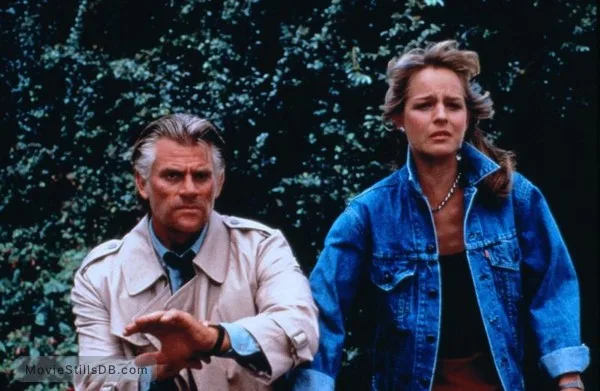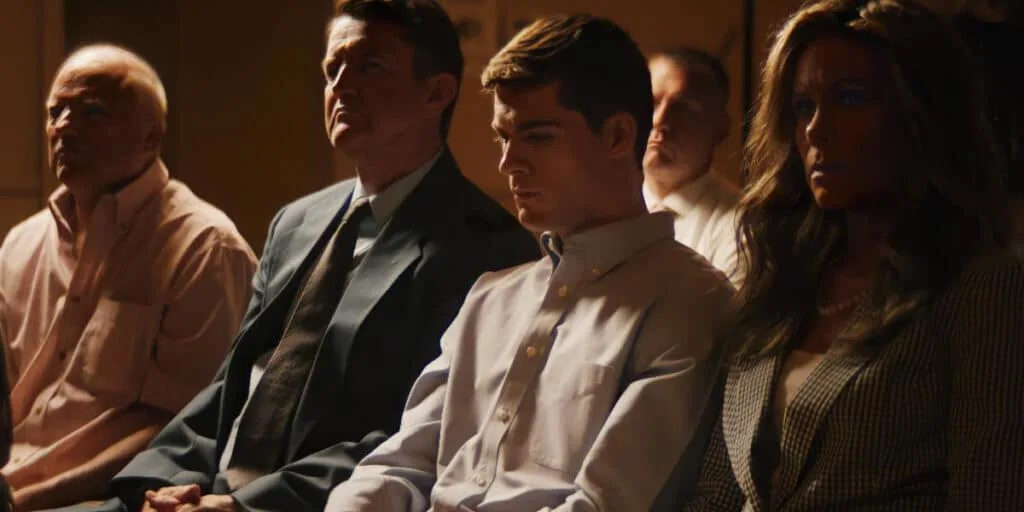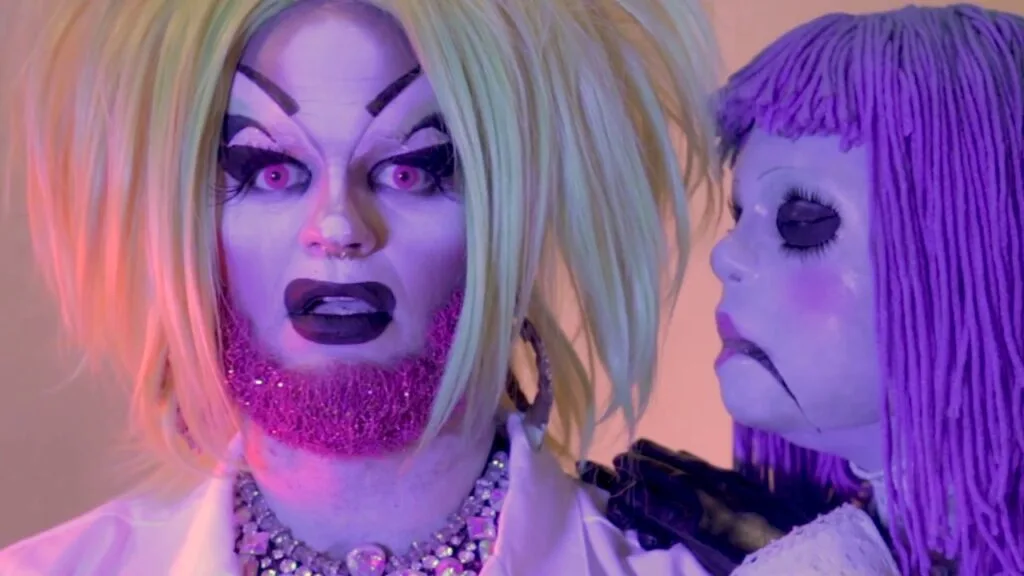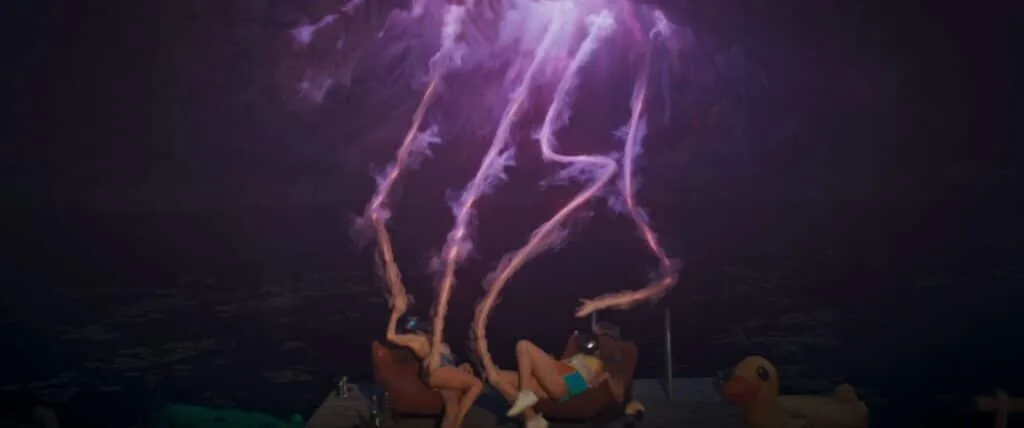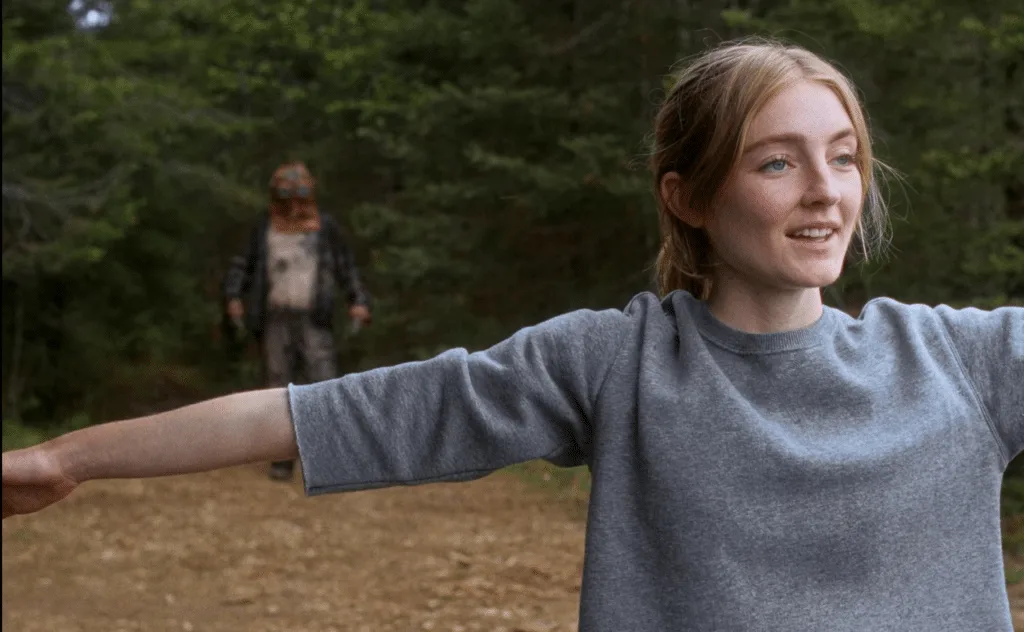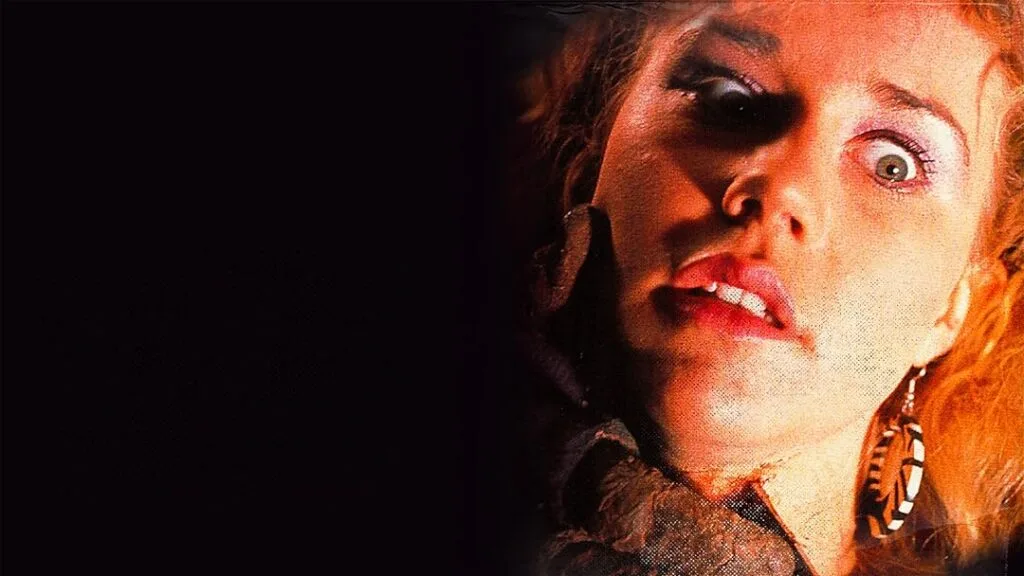
“Never take for granted when someone remembers you.”
Beryl Hsu’s maternal grandmother suffers from mild dementia, diagnosed ten years previously. To keep her engaged and active, her family often pulls together to create and perform various skits in which the still formidable nonagenarian plays a starring role. Their latest project is something of a step up in terms of ambition and scale, a Power Rangers versus the undead short film, shot in and around their home village and involving its residents to fill the supporting roles and appear as zombie extras.
Coupling the trials and tribulations of making a low budget movie with the added complexity of performers with a degenerative condition, can the production overcome the many obstacles in its path to complete the shoot and treat the community to its own, unique version of a glitzy premiere?
Part “Making Of” documentary, part commentary on how creative pursuits can assist with tackling dementia, Zombie Film With Grandpas And Grandmas refuses to drift into the sentimentality and pervading darkness that the subject often invites, instead presenting a story full of hope and good humour, demonstrating just how the right engagement with those folks with the condition can give them a new, vital lease of life as opposed to being cast aside.
Those looking for behind the scenes insights are well catered for, from the generation of pre-production publicity and the initial casting call through to the reveal of a costume department like no other and the various technical issues of filming set-ups which would be quite complex in themselves without having a strong-willed performer who will quite happily wander in a different direction mid-take. As with normal day-to-day interactions outside the filmmaking process, these are dealt with in a loving and caring manner, allowing the actors the time and space to find their way and maintaining a positive atmosphere even when the time on set is rapidly running out.
As someone with experience of family members with dementia, I found both comfort in the film’s message and confirmation of how interaction and a welcoming social environment can transform those who would otherwise withdraw and slowly fade away. There’s no getting away from the fact that it’s a cruel disease, but to confront the situation head on and involve those living with the condition in pursuits which engage the mind brings unexpectedly wonderful rewards.
Be prepared to fall into love with Tsai-Zhong Chin-mei, the feisty, no-nonsense focus of the story, known as “The Beauty Of Zhongli,” due to her glam appearance throughout the years. Already something of a local celebrity, this 94-year old force of nature may not be able to remember anything in the short term but she’s no pushover, giving back as good as she gets and often supplying a cheerful thumbs up to signify that everything’s A-OK with her. As the Pink Ranger of the short film, her on-set antics are both amusing and incredibly touching. Hsu doesn’t shy away from those heartbreaking moments in which her granny can’t remember a line or seems elsewhere but balances that skilfully with her genuine, unfiltered happiness at being part of another wild and wacky collaboration with her nearest and dearest.
The supporting players are also memorable, with hidden talent emerging from a local singing club whose members can’t wait to get in front of a camera. The overwhelming vibe is of a group of people seizing an opportunity like no other, more than willing to make themselves look complete idiots in the name of art and possessing a merry air of self-deprecation throughout. There’s also a nod to the transformative power of karaoke and, as someone who’s slaughtered many a tune at the Celluloid Screams after party, who am I to disagree with that?
Hsu never trivialises the subject in any way, but shining the spotlight on the positive makes for a richer experience than leaning into any potential tragedy, which was apparently something of a sticking point in gaining financial support from the film. I’m glad the approach eventually paid off because the end product is like few others out there, leaving the viewer with both a tear in their eye and a smile on their face.
If there’s a movie released this year that’s more charming and heartwarming than Zombie Film With Grandpas And Grandmas then I want to see that movie (and then say “No, that’s not as charming or heartwarming”). Also, the version screened at Spirit Of Independence contains something that the Taiwanese release of the documentary didn’t include – the 20-minute Memory Guard short itself, which is endearing, funny and thoroughly enjoyable, while cunningly weaving in its own strategies on how to combat dementia. Taiwanese Grandpa Grandma Power Rangers, go!
Zombie Film with Grandpas and Grandmas featured at the recent Spirit of Independence festival in Sheffield, UK.
